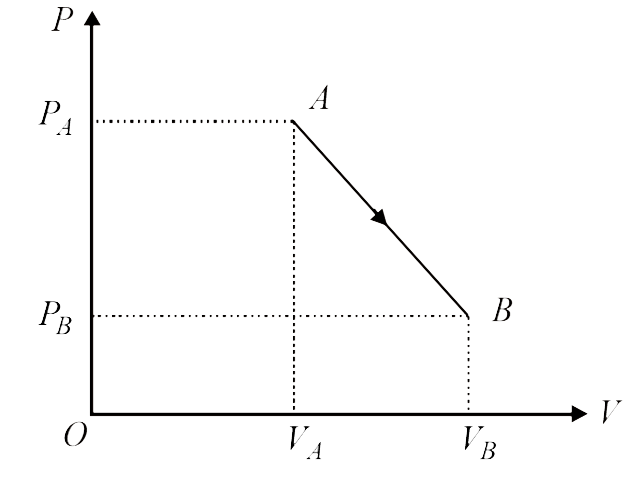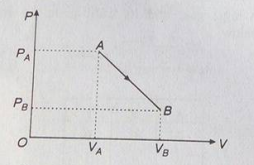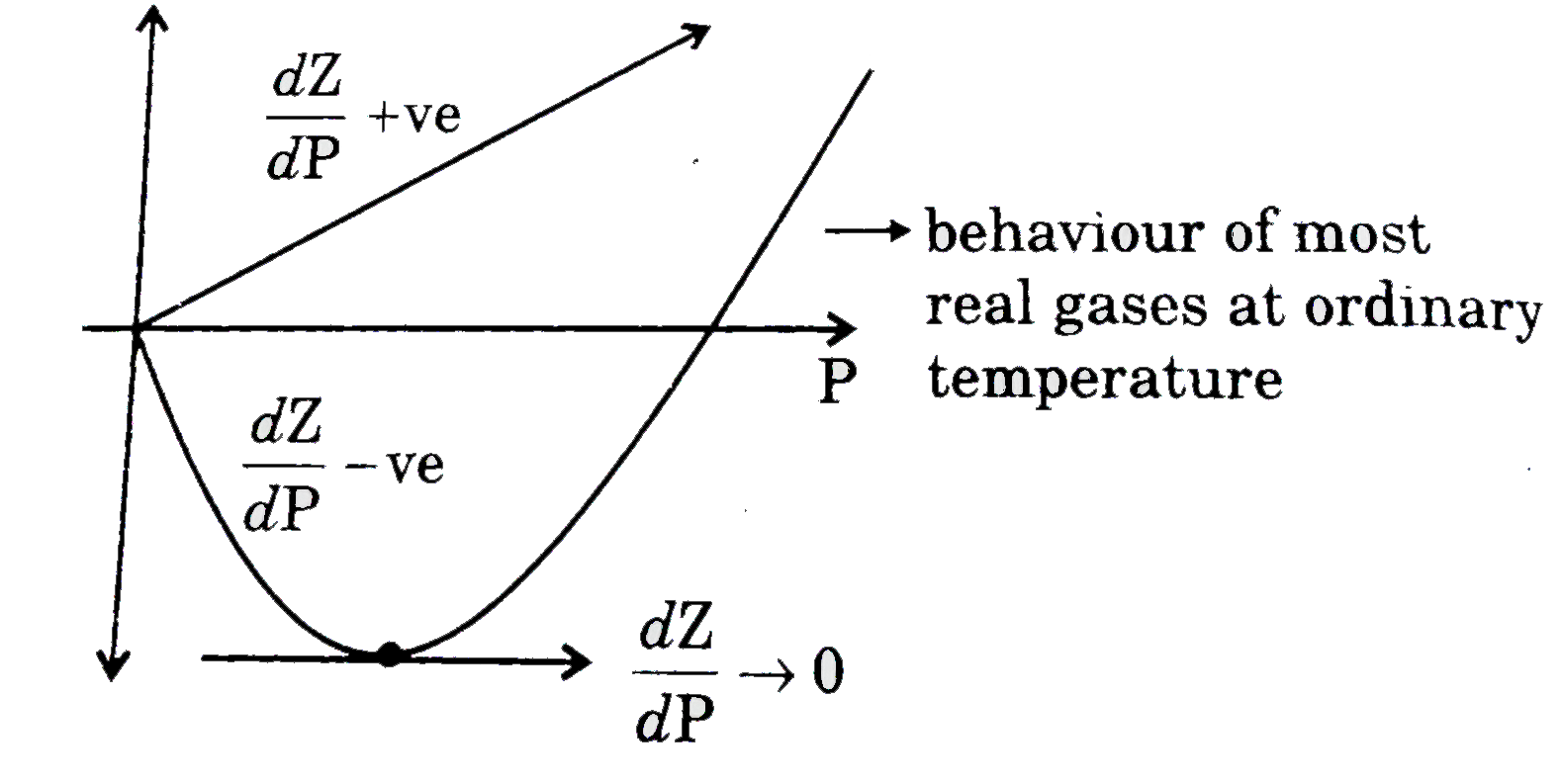Identify true and false statements for fixed amount of gas in following isotherm of real gas.
(i) From point to point volume is constant and temperature is increasing.
(ii) From point to point pressure is constant and temperature is decreasing.
(iii) Through path we can convert gas into liquid through continuity of state.

The correct Answer is:(i)T, (ii) T, (iii) T
Topper's Solved these Questions
- GASEOUS STATEBOOK - RESONANCECHAPTER - GASEOUS STATEEXERCISE - Exercise
73 Videos
- GASEOUS STATEBOOK - RESONANCECHAPTER - GASEOUS STATEEXERCISE - Exercise-2
1 Videos
- GASEOUS STATEBOOK - RESONANCECHAPTER - GASEOUS STATEEXERCISE - Example
6 Videos
- FUNDAMENTAL CONCEPTBOOK - RESONANCECHAPTER - FUNDAMENTAL CONCEPTEXERCISE - ORGANIC CHEMISTRY(Fundamental Concept )
40 Videos
- HYDROCARBONBOOK - RESONANCECHAPTER - HYDROCARBONEXERCISE - ORGANIC CHEMISTRY(Hydrocarbon)
50 Videos
Similar Questions
Identify true and false statements for fixed amount of gas in following isotherm of real gas.
(i) Keeping pressure constant state x can be converted into state y only by decreasing volume.
(ii) Keeping volume constant state x can be converted into state z only by decreasing pressure.
(iii) State x can never be converted into state z only by increasing pressure at the temperature above C.
(iv) Below temperature C state x cann't exist at any pressure.
(v) State x,y and z gas, liquid and liquid vapour respectively.
(vi) State x canbe converted into state y at temperature d and pressure F.

View SolutionAn ideal gas is taken from point A to the point B, as shown in the P-V diagram, keeping the temperature constant. The work done in the process is

View Solution
Knowledge Check
An ideal gas is taken from point A to the point B, as shown in the P-V diagram, keeping the temperature constant. The work done in the process is :
 A(PA−PB)(VB−VA)B12(PB−PA)(VB+VA)C12(PB−PA)(VB−VA)D12(PA+PB)(VB−VA)
A(PA−PB)(VB−VA)B12(PB−PA)(VB+VA)C12(PB−PA)(VB−VA)D12(PA+PB)(VB−VA)An ideal gas is taken from point A to the point B, as shown in the P-V diagram, keeping the temperature constant. The work done in the process is :
 A(PA−PB)(VB−VA)B12(PB−PA)(VB+VA)C12(PB−PA)(VB−VA)D12(PA+PB)(VB−VA)
A(PA−PB)(VB−VA)B12(PB−PA)(VB+VA)C12(PB−PA)(VB−VA)D12(PA+PB)(VB−VA)Which of the following statement(s) are true about Z us P graph for a real gas at a given temperature.
 AdZdP→0 as P→0 for must real gasesBdZdP=− ive as P→0 for most real gasesCdZdP→0 at a pressure where repulsibe and attractive forces are comparableDdZdP=+ ive for real gases at extermely high pressure.
AdZdP→0 as P→0 for must real gasesBdZdP=− ive as P→0 for most real gasesCdZdP→0 at a pressure where repulsibe and attractive forces are comparableDdZdP=+ ive for real gases at extermely high pressure.
Assertion : For a certain fixed amount of gas the product PV is always constant
Reason : Real gases deviate from ideal behaviour of low pressure and high temperature
View SolutionCalculate the final volume of a gas 'X', iſ the original pressure of the gas, at S.T.P. is doubled and its temperature is increased three times.
View SolutionWhat is the nature of graph of PV versus P for a given mass of a gas at constant temperature?
View SolutionAssertion : For a certain fixed amount of gas the product PV is always constant
Reason : Real gases deviate from ideal behaviour of low pressure and high temperature
View SolutionIf the rms speed of gas molecules is xcms−1 at a pressure of p atmospheres, then the rms speed at a pressure of 2p atmospheres and constant temperature will be
View Solution
